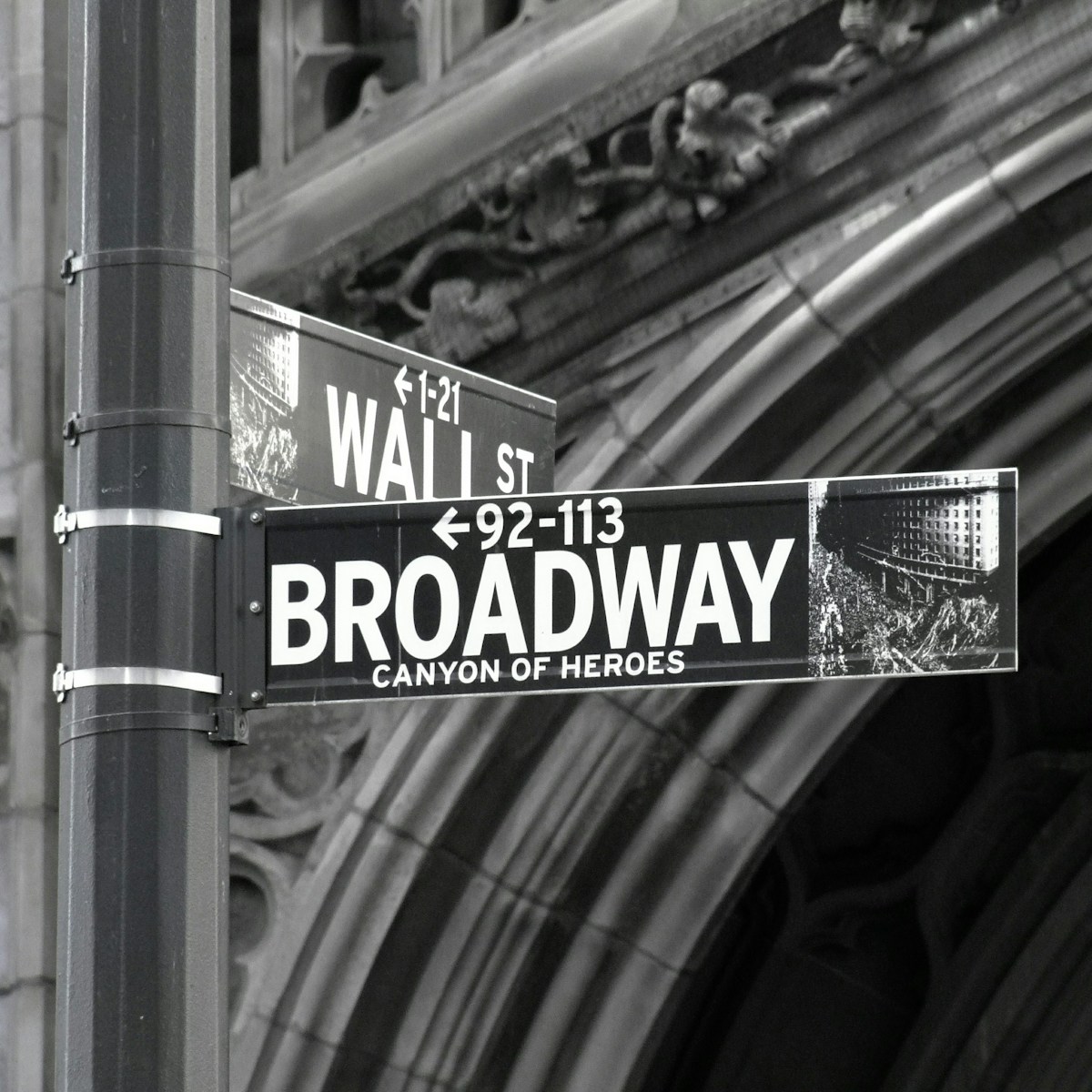Always getting faster – High-frequency trading

High-frequency trading is one of the primary algorithmic trading strategies. Nowadays, above half of the market is classified as high-frequency trading.
High-frequency trading was started in the 1930s, and it boomed in 1983 after NASDAQ used electronic trading. Then, the speed of HFT was increased in the 2000s to several seconds. At that time, HFT still just occupied less than 10 percent of the market orders.
The speed of HFT has increased to milliseconds and even microseconds since 2010. Also, 73% of all equity orders volume was HFT in 2009. From 2000 to 2010, we can say that the speed and market share of HFT has increased rapidly.

Even though many institutions took advantage of HFT to eliminate bid-ask spreads and increase the stock prices' preciseness, many shortcomings still are problems in the market. For example, on May 6th, 2010, Dow Jones dropped 600 points within 5 minutes. Nearly 1 trillion was wiped off the market value. The reason is that the algorithms are built to trade based on the reactions of other traders.
Right now, the HFT world is still getting faster.

The time of executing an order can be smaller than 600 nanoseconds. However, not every trader wants the HFT to be too fast. Since the faster order execution, the faster the flash crashes when most traders have negative emotions. IEX founder says too much high-frequency trading can rig the market.
Investors Exchange (IEX) is a stock exchange founded in 2012 to mitigate the effects of high-frequency trading. IEX delays the flow of data from the exchange. Traders cannot co-locate equipment adjacent to IEX's servers.
The data delay prevents many predatory behaviors.

We asked Mark Fisher, the trading legend, his thoughts on HFT's future and his response was, "always getting faster". Hence the title of the article!
In conclusion, high-frequency trading is a great type of algorithmic trading. It always becomes faster and gives the market liquidity. But we still need the SEC to regulate HFT, since sometimes HFT may negatively affect the market.

Written by Frank Chen
Edited by Lika Mikhelashvili & Hakil Haxhiu